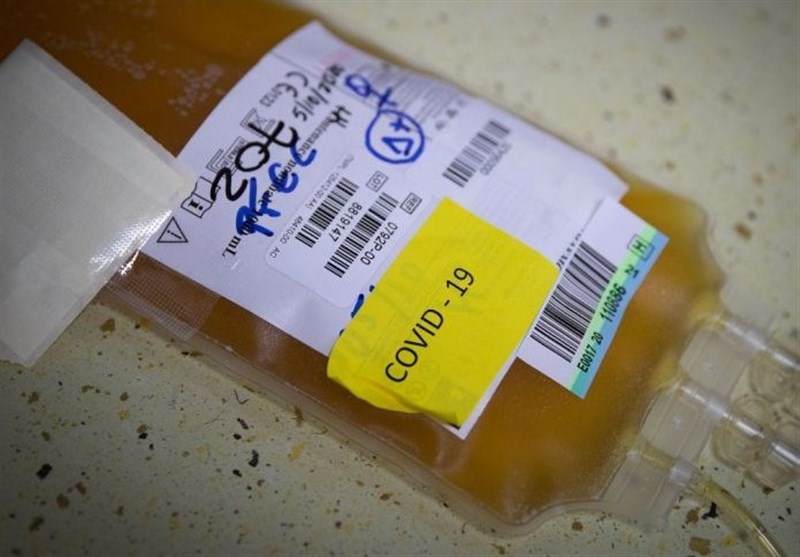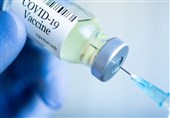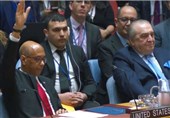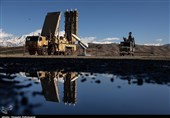Plasma Does Not Lower Risk of Dying from COVID-19: Study
TEHRAN (Tasnim) – Researchers reported that COVID-19 patients who received convalescent plasma from recovered patients did not see a lower risk of dying from the disease.
The study, published in BMJ, included 464 people with moderate COVID-19 disease, meaning they had oxygen saturation levels of 93% or less when breathing room air, the criterion that most doctors use to determine if they should hospitalize people who are infected with SARS-CoV-2, the virus that causes the illness.
Study co-author Aparna Mukherjee, a scientist in epidemiology and communicable diseases at the Indian Council of Medical Research, notes that patients in her study would likely be considered severely ill in other countries, since definitions of illness vary considerably around the world. Once in the hospital, some patients in the study received two doses of convalescent plasma from those who had recovered from the disease and donated their immune cell-rich blood.
These patients were compared to those treated with standard of care, who acted as a control group (but did not receive a placebo infusion). Both groups had similar mortality rates after 28 days, Yahoo News reported.
“This study had a large sample size and it showed that when plasma is infused in patients who have moderate COVID-19 (similar to severe in other countries), it did not reduce mortality or progression to more critical COVID-19,” Aparna Mukherjee, a scientist in epidemiology and communicable diseases at the Indian Council of Medical Research and one of the co-authors of the study, said in an email response to questions.
The results add to the continued debate over how useful convalescent plasma might be as a treatment for COVID-19. Convalescent plasma is one of the oldest therapies that doctors have used in treating infectious diseases, based on the idea that people who are naturally infected and recover will have a ready supply of the proper immune cells needed to fight off the virus or bacteria in question.
But because people’s immune systems vary widely, their volume of disease-fighting cells is also unpredictable, and may range from barely adequate levels to extremely rich sources of immune cells. That variability has led to conflicting results on the effectiveness of the therapy, including in this study, which used donated plasma from people who were sick for an average of six days with what the authors describe as mild disease.
Two other international studies also failed to find a benefit of convalescent plasma, but those were stopped early because too few eligible patients were enrolled. Other, smaller studies were more encouraging, so in the US the Food and Drug Administration issued an emergency use authorization for the therapy in August that allows doctors to treat patients with plasma.
Key public health leaders including Dr. Francis Collins, director of the National Institutes of Health, and Dr. Anthony Fauci, director of the US National Institute of Allergy and Infectious Diseases, however, have noted that researchers are still studying convalescent plasma’s role in COVID-19. Those ongoing studies are comparing people who receive the plasma to those receiving a placebo, and may provide more convincing data on whether plasma can help COVID-19 patients or not.
It’s also possible that because convalescent plasma serves as a stand-in for immune cells that an infected person might not have generated yet (or won’t generate at robust levels), it’s best used not in hospitalized patients who are already sick but in those who are more recently infected. The ongoing studies are looking at this possibility as well, and Mukherjee agrees that it’s worth investigating. Her study’s findings might even suggest that the plasma was used in patients who were too sick to benefit.
“The main cause of mortality in COVID-19 is inflammation in the body that causes pneumonia and other organ failures,” she says. “While the body’s response to virus infection initiates the inflammation, it is not regulated by the virus. So even when the virus is neutralized, the inflammation continues. That is why it is being hypothesized in the upcoming studies on convalescent plasma that it may work in the very early phases of the disease … and may prevent the initiation of the inflammation cascade.”






